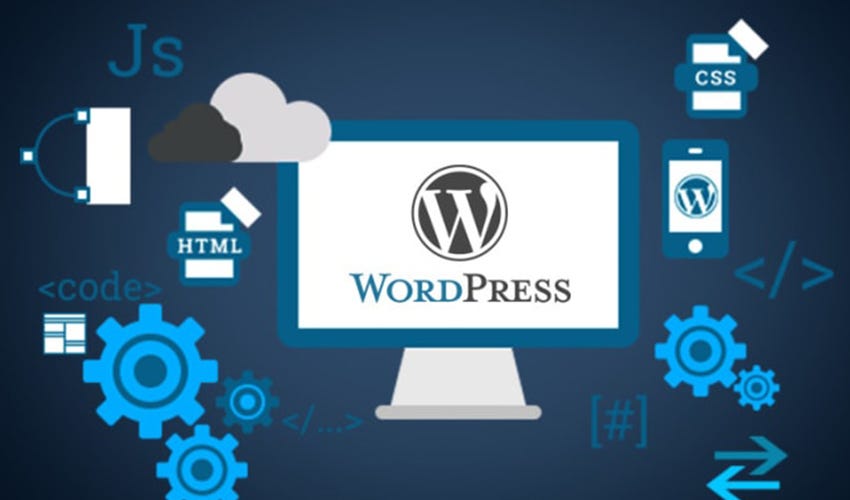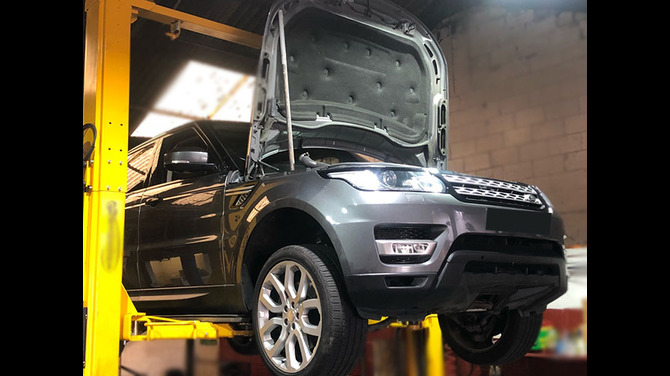Estimating HVAC (Heating, Ventilation, and Air Conditioning) projects is a crucial aspect of managing both residential and commercial installations or service contracts. A well-executed estimate ensures that your business remains profitable while providing accurate pricing for customers. This comprehensive guide will walk you through the key steps and best practices for HVAC estimating to help you streamline the process and improve your accuracy.
What is HVAC Estimating?
HVAC estimating is the process of calculating the materials, labor, and overhead costs required for installing or servicing HVAC systems. Whether you’re estimating the cost of a new installation, a system upgrade, or a maintenance service, the goal is to provide an accurate, detailed estimate to the customer while ensuring profitability for the business.
Proper HVAC estimating requires knowledge of the industry, equipment, local codes, and pricing structures. A good estimate also considers factors like the size and complexity of the project, the geographical location, and any special customer requirements.
Key Steps in HVAC Estimating
1. Initial Project Assessment
The first step in any HVAC estimate is to gather all relevant information about the project. This assessment phase will guide the rest of your estimation process.
- Site Survey: Visit the job site (if applicable) to evaluate the space. Take measurements and assess the existing HVAC system if it’s a replacement or upgrade. Consider things like room sizes, ductwork conditions, and insulation.
- Customer Requirements: Communicate with the customer to determine their needs. Do they require energy-efficient systems? Are there specific brands or models they prefer? What’s their budget?
- Project Type: Determine whether the project is new construction, an upgrade, or a repair. Each type will involve different calculations.
2. Calculate Material Costs
Material costs are a significant part of HVAC estimating, so it’s crucial to calculate them accurately.
- Equipment: This includes the heating and cooling units, air handlers, thermostats, and other essential components. Use manufacturer pricing and make sure to factor in any discounts or promotions available.
- Ductwork and Piping: Calculate the required ductwork and piping based on the design specifications. Include the cost of materials such as sheet metal, insulation, and flexible ducting.
- Electrical Components: The HVAC system will require wiring and electrical components, such as circuit breakers, wiring, and electrical panels.
- Miscellaneous Materials: Include items like fasteners, hangers, vents, filters, and sealants.
3. Labor Costs
Labor is often one of the most expensive components of HVAC installation. When estimating labor costs, you must consider several factors.
- Man-Hours: Calculate how long it will take to complete the installation or service. Consider the size and complexity of the system and how many technicians will be required.
- Labor Rates: Labor rates will vary based on location, the expertise of the workers, and whether you’re using in-house employees or subcontractors.
- Overtime and Special Conditions: If the project involves after-hours work or unique conditions (e.g., hard-to-reach locations), be sure to account for additional labor costs.
4. Overhead and Profit Margins
Once you have calculated your materials and labor costs, it’s essential to factor in overhead and profit margins. Overhead includes all the indirect costs of running your business, such as office rent, utilities, insurance, and administrative expenses.
- Overhead Rate: Calculate your business’s overhead rate and apply it to the total cost of materials and labor. This is often a percentage of the overall job cost.
- Profit Margin: A typical profit margin in the HVAC industry can range from 10% to 20%. The margin you apply will depend on the market conditions, competition, and business strategy.
5. Account for Local Codes and Permits
HVAC work often requires adherence to local building codes and regulations. Be sure to account for any necessary permits or code upgrades.
- Permits: Depending on the project type and location, you may need to obtain permits for installation or system upgrades. Factor the cost of permits into your estimate.
- Code Compliance: Local building codes may require specific equipment, configurations, or installation techniques. Ensure your estimate accounts for the cost of complying with these codes.
6. Use Estimating Software or Tools
Manual calculations can be time-consuming and prone to errors. That’s where estimating software comes in. Several HVAC estimating software tools can streamline the process and improve accuracy.
Popular HVAC estimating software includes:
- AccuBid
- McCormick Systems
- Estimator
- ServiceTitan
These tools allow you to input the scope of work, material costs, labor rates, and other variables to generate precise estimates quickly. They also help ensure that you don’t overlook any critical factors in your estimate.
7. Final Estimate Review
Before submitting the final estimate to your client, review it carefully. Double-check all calculations and ensure that all materials, labor, and overhead costs are accounted for.
- Markup and Discounting: Some contractors apply discounts or offer special deals to attract customers. Make sure these are accounted for, but avoid giving away too much profit in the process.
- Presentation: Present the estimate to your customer clearly and professionally. Provide a detailed breakdown of the costs so the customer can see exactly where their money is going.
Best Practices for HVAC Estimating
1. Stay Organized
Keeping your estimation process organized is essential. Use templates, checklists, or estimating software to streamline your workflow. This ensures you don’t miss any steps or overlook important details, which can lead to costly mistakes.
2. Be Transparent with Clients
Provide clear and honest communication with your customers. Explain the costs of materials, labor, and permits upfront. Transparency will help build trust and prevent misunderstandings down the road.
3. Keep Up with Industry Trends
Stay informed about new HVAC technologies, codes, and best practices. For example, energy-efficient systems and green technologies are becoming more popular, and keeping up with these trends can give your estimates a competitive edge.
4. Continuously Improve Your Estimating Process
The HVAC estimating process can always be improved. Regularly assess your estimates, track actual costs versus estimated costs, and look for ways to enhance your accuracy. Learn from any mistakes and refine your approach to ensure future estimates are more accurate.
5. Account for Change Orders
During a project, the scope of work may change due to unforeseen circumstances. Always account for potential changes in your estimate and have a system in place for managing change orders. This ensures you are compensated for any additional work or materials required.
Conclusion
HVAC estimating is a complex yet critical task that requires careful attention to detail, a deep understanding of materials and labor costs, and the ability to manage multiple variables. By following the steps outlined in this guide and adopting best practices, you can improve your estimating process and ensure your business remains profitable while delivering high-quality HVAC services. Whether you’re a seasoned contractor or new to the field, mastering the art of HVAC estimating is essential to your long-term success.
Also Read
- ► How a Working Holiday Visa Can Boost Your Career and Travel Adventures
- ► Future Trends in Online Management Assignment Help
- ► Dissertation Assignment Help: A Guide to Stress-Free Dissertation Writing
- ► Top Universities for Law in Melbourne, Australia (2025)
- ► Best Office Supply Stores in the USA: A Shopper’s Review
- ► Why Is a Chesterfield Sofa Set the Best Investment for Your Home?
- ► CryptoSpot: E-Currency Exchange in Sahiwal
- ► Top 5 Kitchen Design Ideas to Transform Your Boring Kitchen
- ► How Does Vehicles Branding Increase Brand Awareness?
- ► Top Reasons to Wear Workwear Uniforms During Work Hours
- ► The Importance of BIS Certification for Product Compliance in India
- ► Learn At The Best Digital Marketing Training Institute In Noida
- ► Professional Solutions for All Coding Assignments
- ► Post-Surgical Pain: Understanding, Management, and Recovery
- ► Hampta Pass Trek Itinerary with Tours and Guides Included





